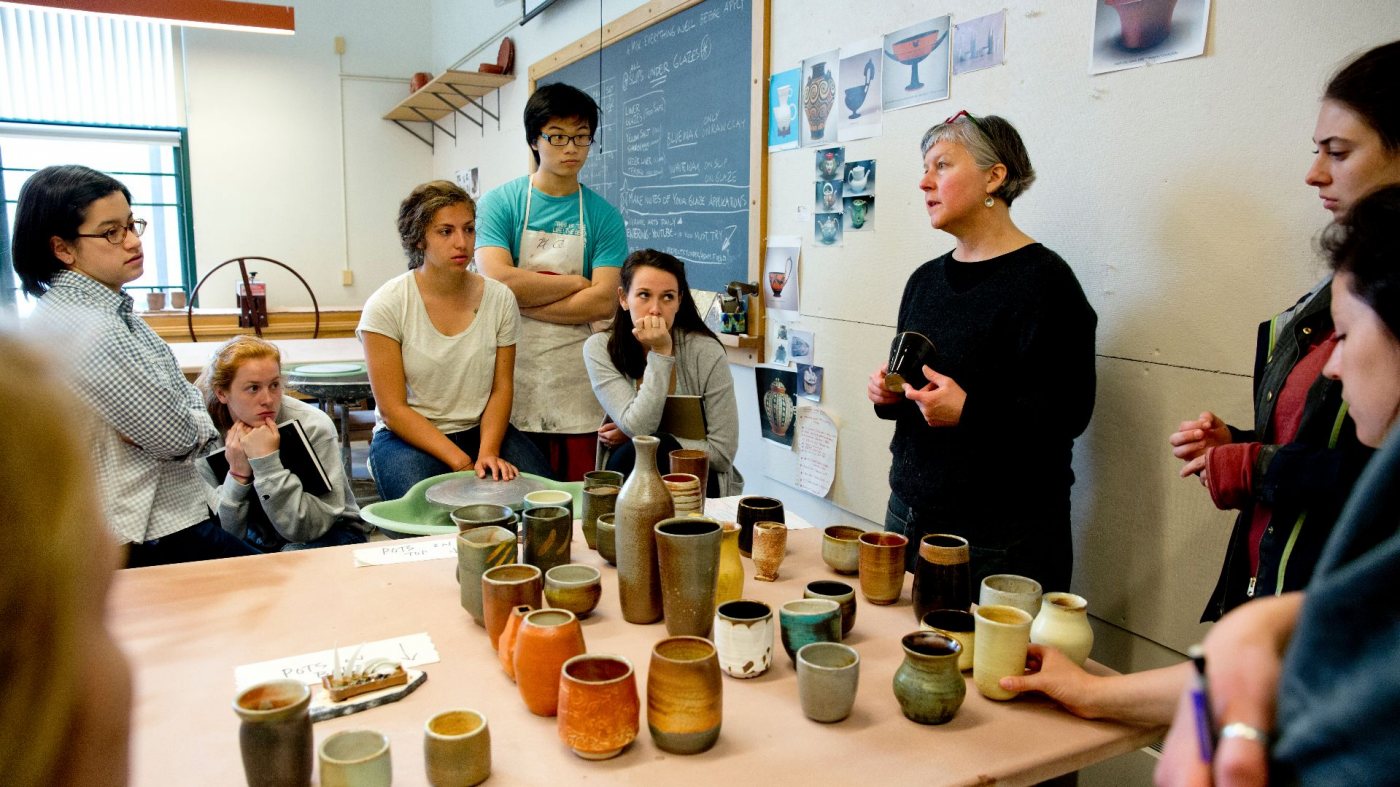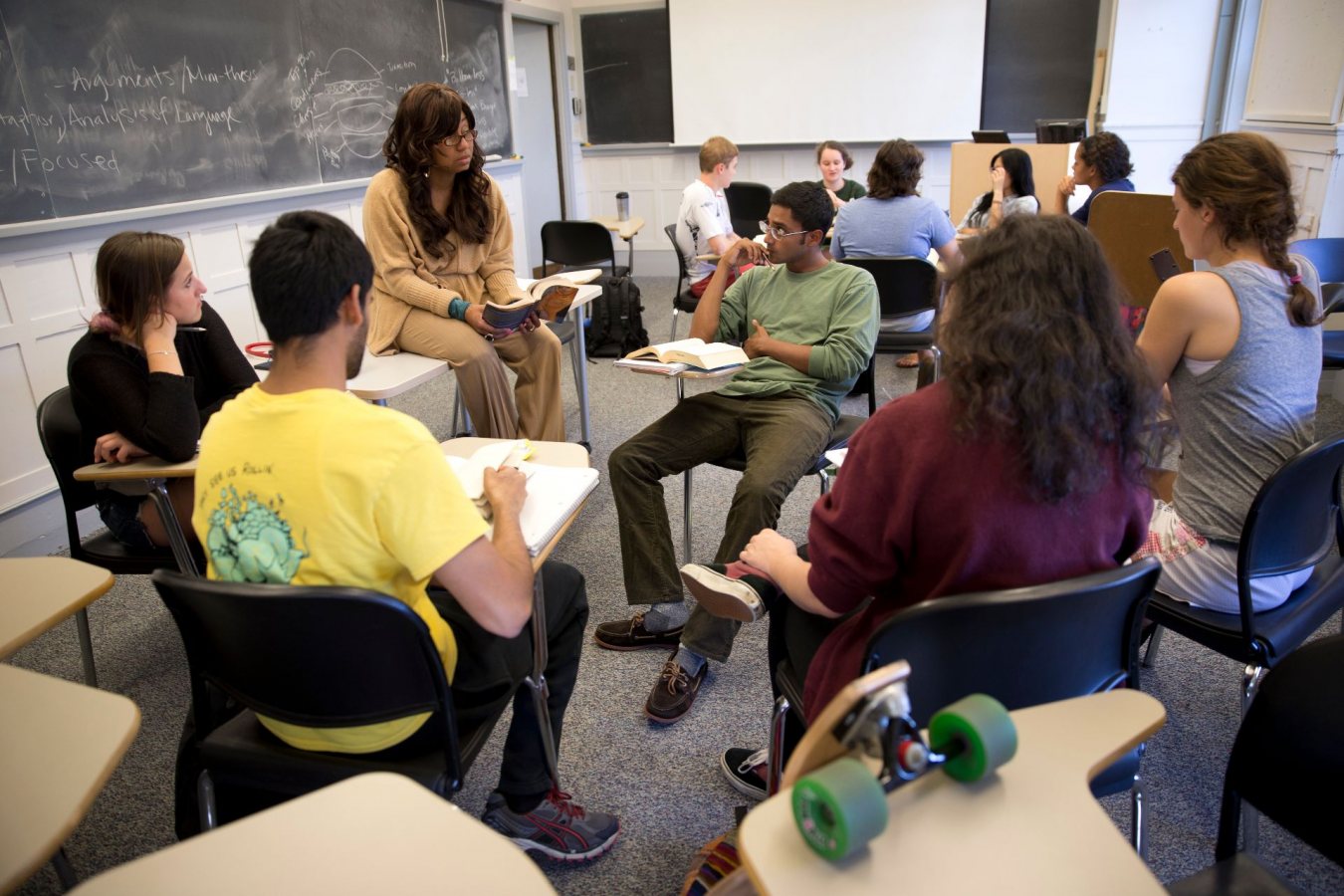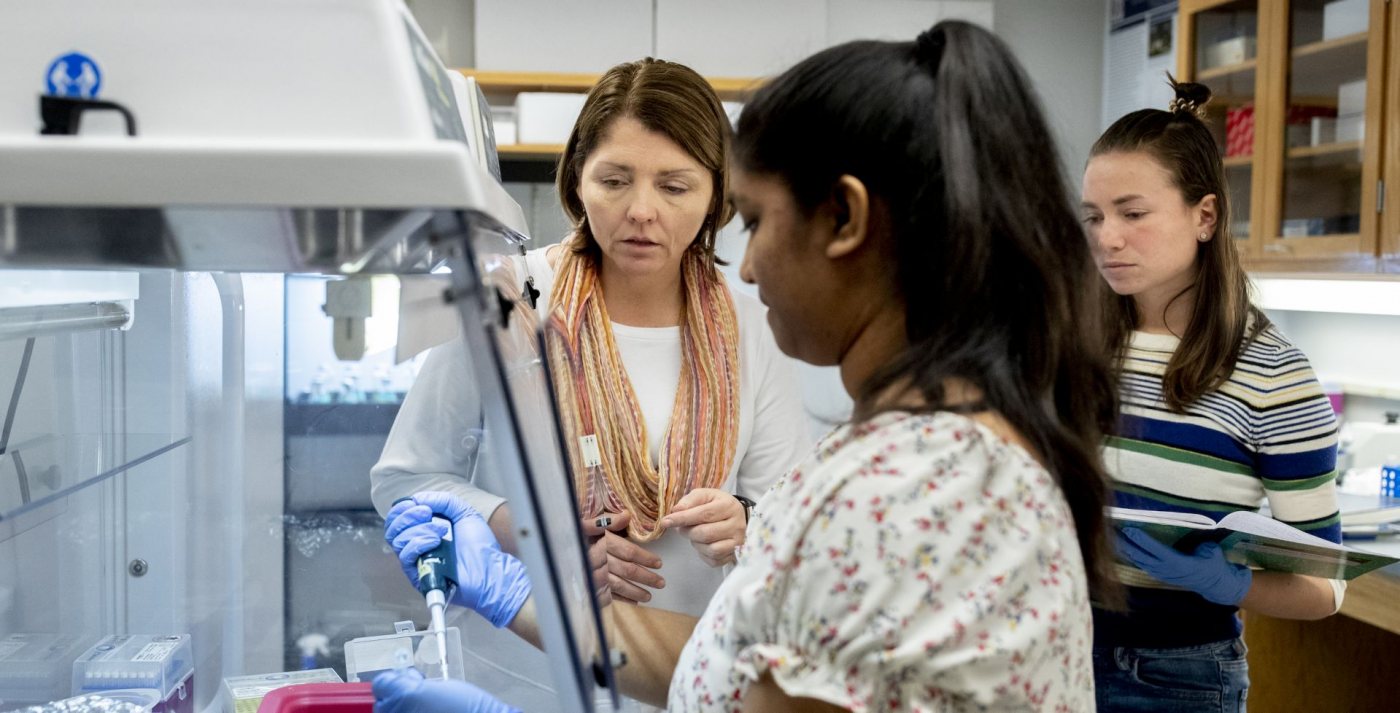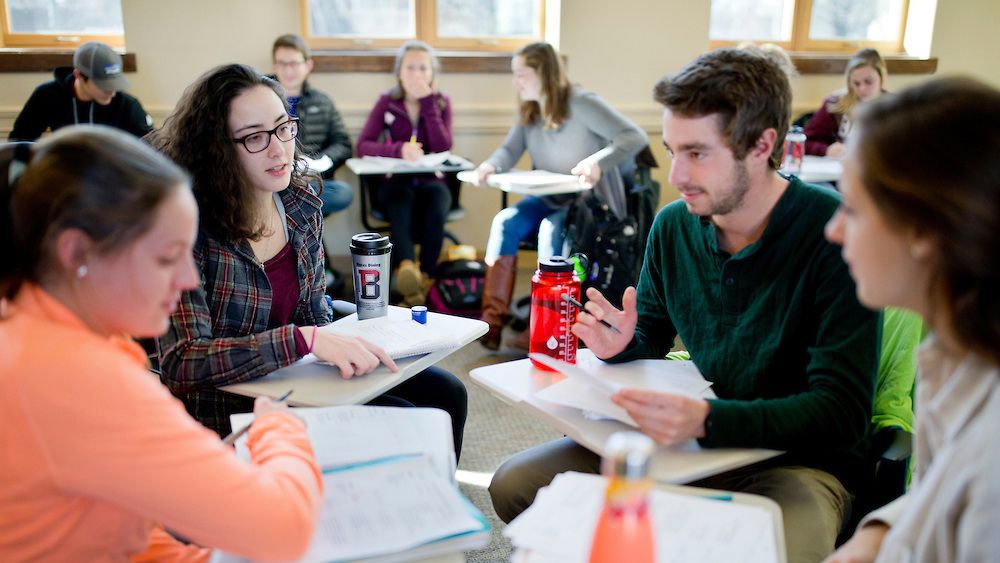The Bates High School Scholars Program is a competitive program through which qualified high school seniors from local area schools may enroll in a Bates course each semester free of charge. The program is arranged in collaboration with school counselors at area high schools. Upon successful completion of courses, students may request a copy of their Bates transcript. Scholars are responsible for any additional fees and the cost of required books/materials.
Application Information
The application for the Bates High School Scholars Program is relatively short and straightforward. We ask you for:
- Contact Information
- High School Information (including your school counselor’s name and contact information)
- Which subject area(s) you are interested in pursuing (learn more about Bates subject areas here)
- One to two paragraphs about why you are interested in being a Bates High School Scholar
Once we receive your application, your counselor will receive an email asking them for:
- An official copy of your full high school transcript
- A counselor letter of recommendation
- A teacher recommendation (we encourage you to reach out to a teacher directly and to share this letter with your counselor for submission)
Timeline
Applications are due by Friday, May 17, 2024, and applicants will be notified of their decision by Friday, May 24, 2024. Students admitted to the High School Scholars Program will receive detailed orientation information in the summer, and register for courses on campus by the end of August, 2024.
Additional Information

Visiting Assistant Professor Susan Dewsnap, “Soda Firing,” a Short Term offering in Art and Visual Culture, described as “various clays, slips and glazes are employed in exploration of the techniques used by the pioneers of the soda-firing process, as well as its current practitioners.”
Suasan: “It’s a class focusing on atmospheric firing using a particular kind of kiln, where when it reaches its maturing temperature we introduce water and soda ash into the kiln and that reacts with the clay body and the glazes and cause highly variable results in the firing. It’s exciting and can be very disappointing. You just can’t be too invested. With all kiln firings, I always say it’s a little bit like Christmas. You have huge expectations and you think you know what things are going to look like. So you’re always very excited and very happy, and then there’s always this phase of disappointment. It’s kind of learning not to have too many expectations. Live with the work you get out of the kiln and then evaluate it after you’ve had that little period of living with it instead of passing judgment right away.”

Theri Pickens, Assistant Professor of English, “Contemporary Arab American Literature”
The course always turns out well because students engaged in it get to know about a different set of literatures and because Arab American literature isn’t widely studied in the academy. They get to architect new knowledge which is exciting for them and really cool for me to watch. The first misunderstanding is that the literature doesn’t’ exist; a lot of people just don’t think of it as a category. And the second misunderstanding is that Arab equals Muslim. There are actually more non-Arab Muslims in the world and the United States. And there are not a lot of people who make the distinction between Arab and Muslim. The cheeseburger is a metaphor for all the elements of paragraph. You need analysis and mini-arguments, context and transitions between paragraphs. As a professional writer, I think it’s really important for me to remind myself that paragraphs are the building blocks of any essay at all, even blogs. And it’s really important to remind students that we can lose sight of that, and that writing is a learned skill; it’s something that you have to practice, something you have to craft, something you have to be very deliberate about, and as a critical writer your job is to be clear and efficient, and so thinking of the paragraph as a cheeseburger gives us the opportunity to really do that. I find teaching to be a really great part of my day. My students are always so excited . They’re always so alive and energetic and even when they’re not and they’re wrestling with the material , I know that I am still getting somewhere as a teacher. Our students go on to do really great things, and I think as an educator it’s good to equip them with the knowledge they need to encounter the world.

Professor of Biology April Hill in her Carnegie Science Lab, Room 404, training two “new scientists.” “For me, it’s like being a coach,” she says. Names forthcoming.
The two students in the lab with Hill are Sara King ’21 of Newton Center, Mass., and Jasmine Nutakki ’21 of Augusta, Maine. Hill says: “They were learning to use a technique called the polymerase chain reaction (PCR) to amplify genes from freshwater sponges. Both students (and some others) will be working over short term on a project funded by my NSF grant to study the gene networks involved in animal:algal symbioses. In this case, the animals are sponges and the algae are Chlorella.”

Students in ENVR 204 “Environment and Society” taught by Lecturer Ethan Miller ’00 discuss strategies in the face of climate change, starting out as a class, breaking into twos, then fours and finally into bigger groups before reconvening as a class to discuss their findings.
The class opens with an apple tasting of apples grown by Miller. Today’s variety was
the black Oxford. (Winter. Unknown parentage. Paris, Oxford County, Maine, about 1790.
Environmental issues rarely have only physical dimensions. They most often also have social and political aspects. This course familiarizes students with some of the major social scientific contributions to understanding how and why environmental problems arise, how they are defined, and how different groups are affected by and respond to them. The course first outlines the contemporary world system in which environmental debates take place and then identifies drivers of environmental change. Students then apply these ideas to a variety of ongoing environmental controversies, including climate change, agriculture, urbanization, biodiversity conservation, pollution, and environmental justice.



